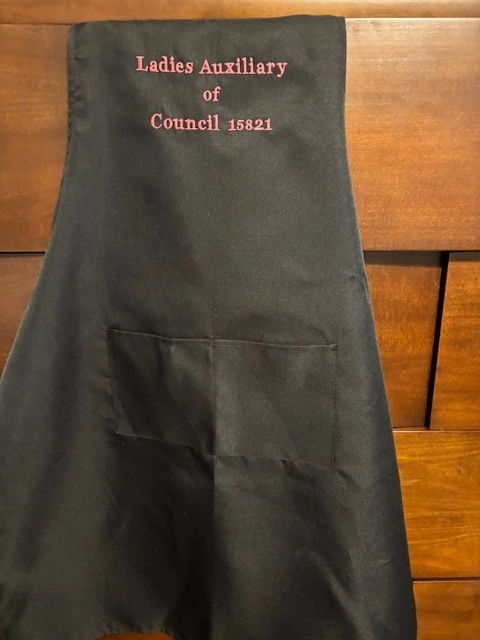Personalized Embroidery for All Your Needs - From School Uniforms to Sports Teams
Personalized Embroidery for All Your Needs - From School Uniforms to Sports Teams
Blog Article
The Art of Custom-made Embroidery: Opening the Keys to Creating Special and Remarkable Styles
The secrets to creating custom-made needlework styles that captivate the eye and leave a lasting impression lie in a fragile equilibrium of method, creativity, and focus to information. As we dive right into the world of customized needlework, we discover the nuanced interaction in between thread selection, stitch intricacy, and design personalization that raises a plain garment to a job of art.
Selecting the Right Embroidery Threads
When picking needlework threads, what vital elements should you think about to guarantee the very best results for your custom-made layouts? The selection of needlework thread is vital in figuring out the last outcome of your stitched layout. One of the main considerations is the material of the string. Different products such as cotton, polyester, rayon, and silk provide varying degrees of luster, longevity, and appearance. It is vital to select a string material that enhances the fabric you are embroidering on and lines up with the desired look of the layout.
Thicker strings can add dimension and appearance to your design, while finer strings are suitable for intricate details and little message. Furthermore, thinking about the shade fastness and washability of the thread is crucial to guarantee that your personalized designs maintain their high quality and vibrancy over time.
Checking Out Various Stitch Techniques
To dive into the realm of 'Discovering Various Stitch Methods', one have to realize the details and subtleties that each stitching approach gives the art of needlework. Various stitch techniques not just include visual rate of interest but likewise add to the overall appearance and dimension of the style. One preferred stitch method is the satin stitch, which includes carefully stuffed parallel stitches to develop a smooth and shiny surface area, ideal for completing shapes and developing bold lays out.
On the other hand, the backstitch is a functional technique typically utilized for detailing and adding great information. It includes sewing backwards to create a solid line of needlework. Additionally, the French knot stitch adds a responsive element to styles, ideal for producing distinctive accents like flower facilities or decorative touches.
Checking out various stitch methods allows embroiderers to have fun with light, darkness, and deepness within their layouts, elevating the visual charm and artistic high quality of their embroidery tasks. By grasping different sewing approaches, one can unlock endless opportunities for creating special and unforgettable customized embroidery pieces.
Incorporating Personalized Layout Components
Having actually checked out the details of various stitch methods such as the satin stitch, backstitch, and French knot, the focus currently shifts towards incorporating tailored layout elements in custom embroidery jobs. Customized style aspects play an important function in making needlework tasks truly distinct and unforgettable.
An additional method to include personalized layout aspects is by including symbols or motifs that hold special significance to the recipient or reflect their rate of interests and individuality. For example, including a favored flower, animal, or hobby-related symbol can make the embroidery design a lot more purposeful and personalized. Furthermore, selecting colors that resonate with the recipient or align with the desired motif can further enhance the customization of the spyder dare pants needlework job.
Mastering the Art of Color Sychronisation

One secret element of color control is recognizing shade concept. This consists of recognizing exactly how different shades engage with each other, the emotions they communicate, and exactly how they can be integrated to develop aesthetically attractive layouts. By using shade theory concepts, embroiderers can develop unified color combinations that boost the total look of the layout.
Additionally, focusing on comparison is essential in color control. Using contrasting shades can help certain elements of the layout pop, enhance legibility, and produce an aesthetically dynamic embroidery piece. By grasping the art of color sychronisation, embroiderers can raise their designs and create remarkable items that reverberate with clients and audiences alike.
Enhancing Texture With Advanced Needlework Stitches

French knots, for instance, are best for adding little, elevated dots to your layout, imitating the look of beads or producing a distinctive surface. Bullion knots, on the other hand, can be utilized to produce twisted, ropelike elements that add an elegant feel to the needlework. Seed sewing entails tiny, scattered stitches that can fill out areas with a speckled texture, while turkey work produces fluffy, dimensional accents reminiscent of pet fur or foliage. Experimenting with these advanced needlework stitches permits you to push the limits of traditional needlework and produce really special and aesthetically attractive textures in your styles.
Conclusion
Finally, the art of custom-made needlework includes a mix of selecting the best threads, exploring different stitch strategies, integrating customized design components, grasping shade coordination, and boosting structure with advanced stitches. By recognizing and implementing these crucial elements, embroiderers can develop unique and unforgettable designs that showcase their imagination and ability. Embroidery enthusiasts can unlock the keys to creating attractive and bespoke items that stand apart and leave an enduring impact.
Report this page